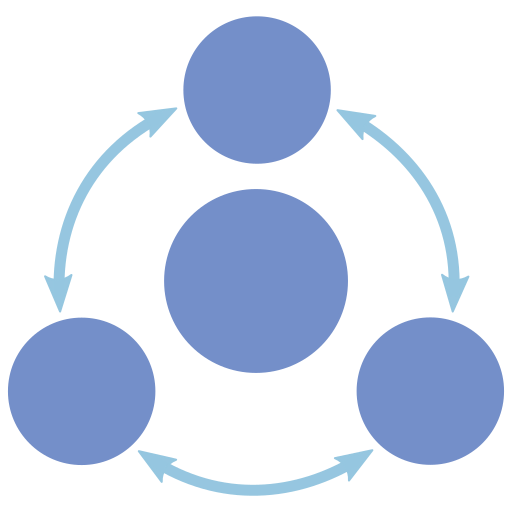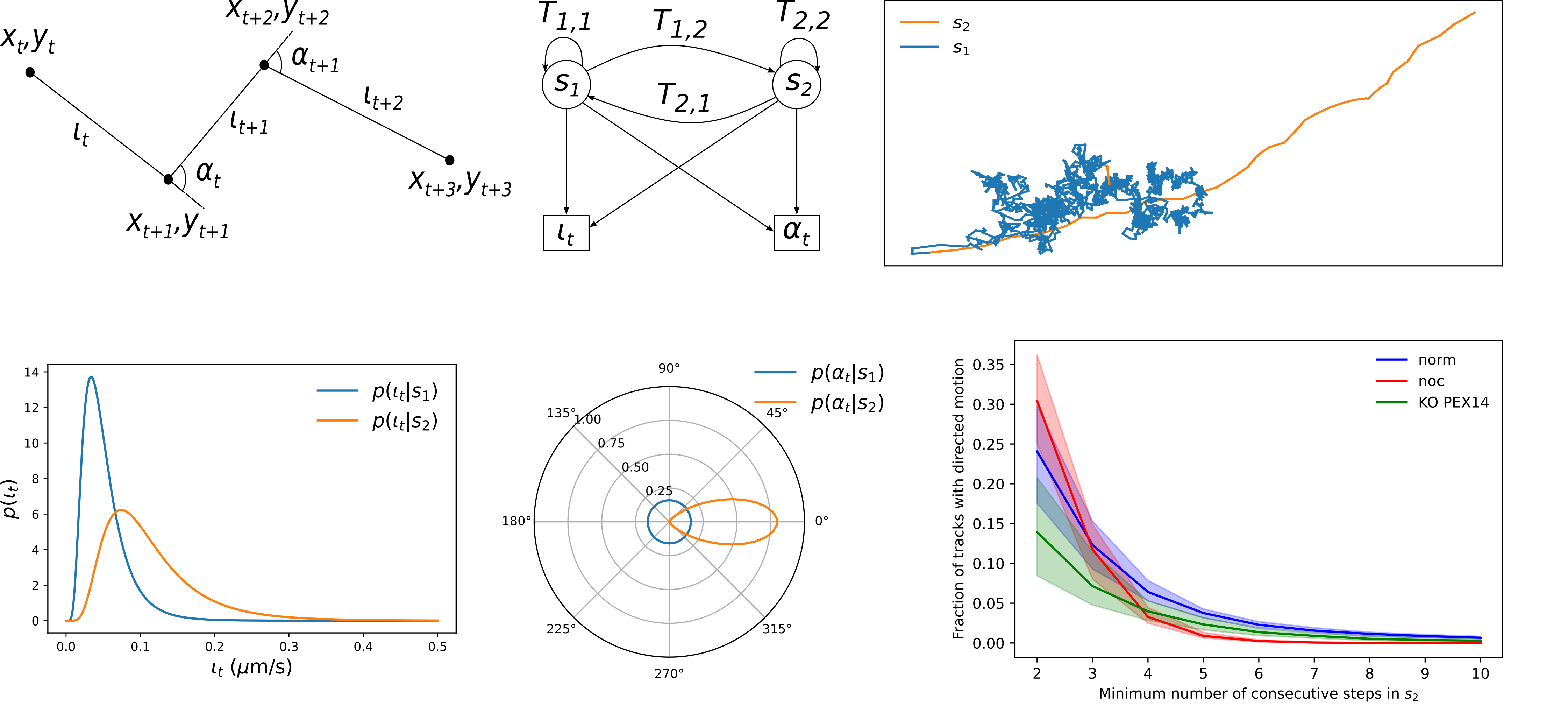Understanding the complex interplay between host and pathogen during infection is critical for developing diagnostics and improving therapeutic interventions. Among the diverse arsenal employed by the host, antimicrobial peptides (AMP) play a key role in the defense against pathogens. We propose an immune evasion mechanism termed “Complex-mediated evasion” (CME), that allows pathogens to protect themselves against AMP and investigate it through mathematical modeling and computer simulations. To achieve CME, we hypothesize that the pathogen secretes defense molecules that bind AMP. When bound within the complex, AMP are unable to harm the pathogen. Due to molecular gradients, complexes may diffuse away from the pathogen, enhancing the protective effect of the mechanism by decreasing the concentration of AMP in the vicinity of the pathogen. We establish a mathematical model to (i) explore the sensitivity of the mechanism to various parameters and (ii) simulate the immune evasion of the human-pathogenic fungus Candida albicans.
ODE/SBM Parameter Estimator
The ODE/SBM parameter estimator is a framework for simulating, estimating, and screening ordinary differential equations (ODEs) or state-based models (SBMs)…
Peroxisome motility analysis
Peroxisome motility analysis using a Hidden Markov Model (HMM) enables the automatic identification and quantification of migration segments, thereby enhancing…







